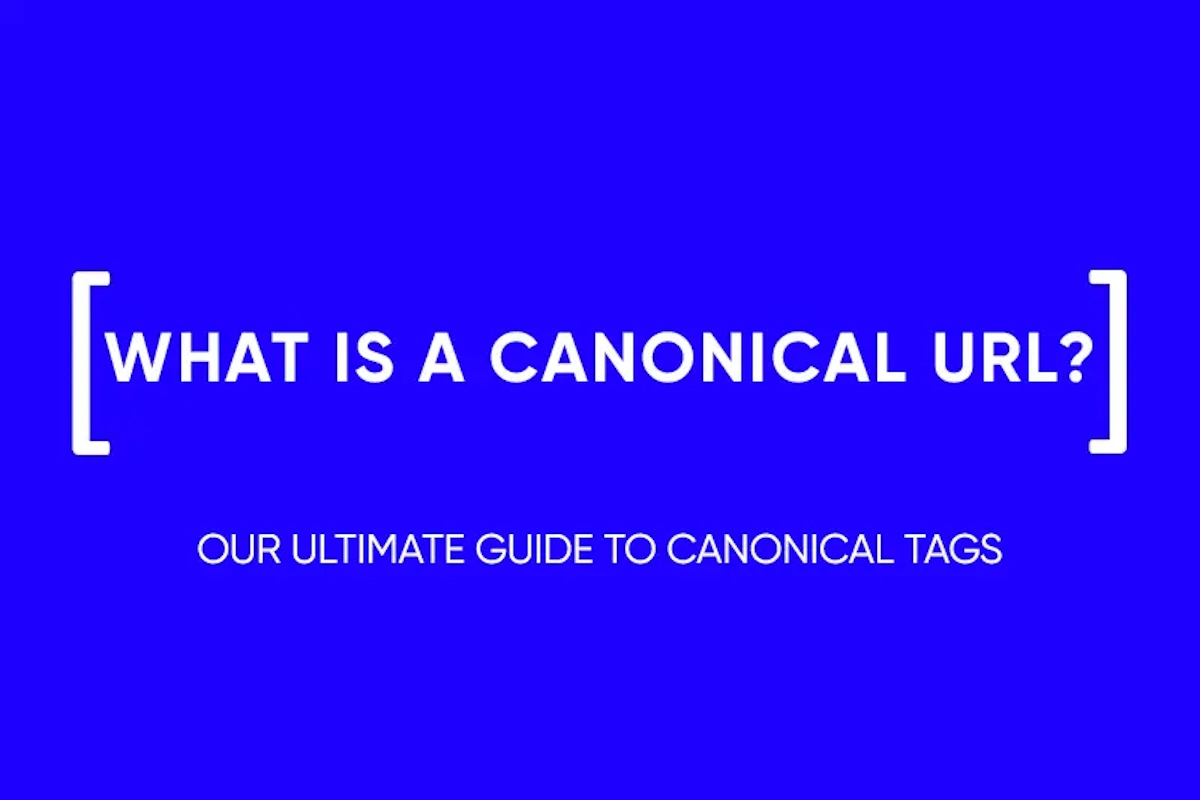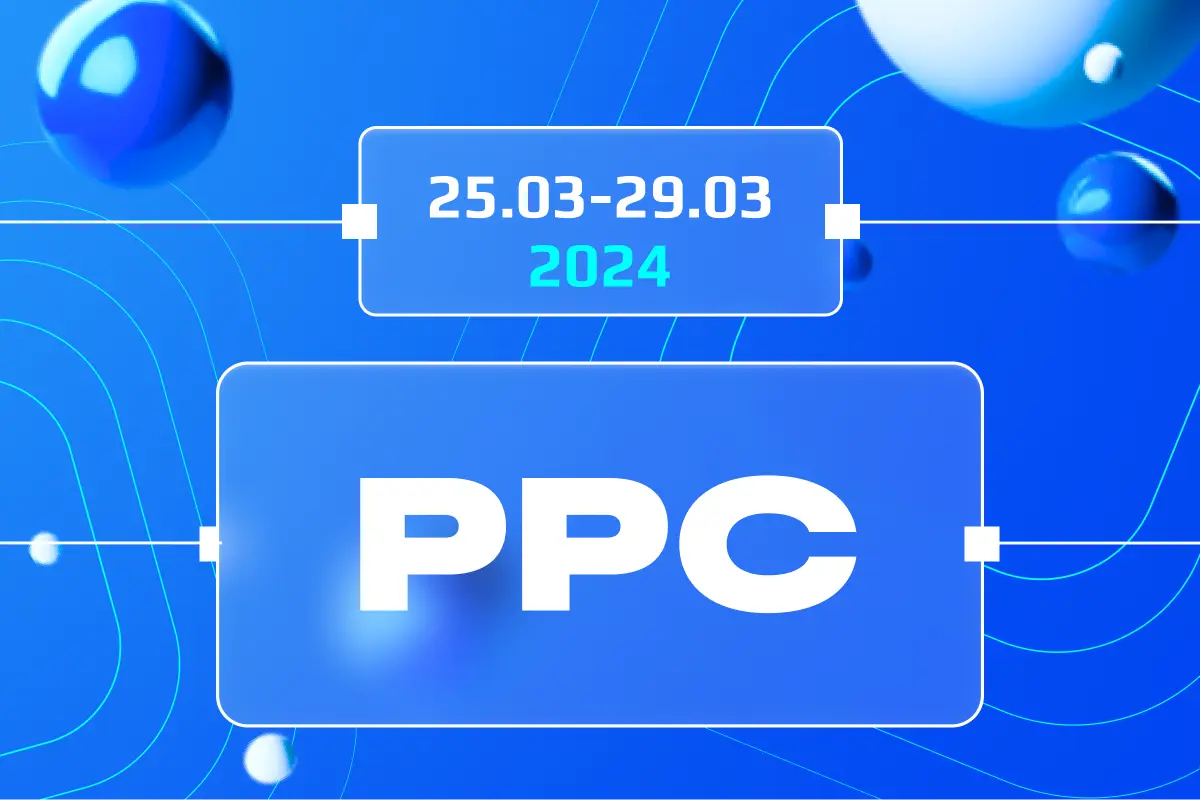What Are Rich Snippets & How to Get Them
In this article, I delve into the world of rich snippets, a critical tool for enhancing the visibility and appeal of your website in search engine results. I explain how these snippets, which include detailed information like ratings, reviews, and images, don’t directly boost search rankings but can significantly improve click-through rates and overall SEO performance.
What Are Rich Snippets?
Rich snippets are enhanced search results that provide more comprehensive information about a website. This can include ratings, reviews, and images. They’re more visually appealing and detailed than standard search results, providing a more engaging user experience. Rich snippets are akin to rich results, both of which fall under the umbrella of SERP features. These are various types of visual or interactive data that appear on search engine listings. There’s a broad range of rich snippets to choose from, including reviews, recipes, music, product markup, organization details, top stories, video, and events.

How Rich Snippets Help with SEO
While rich snippets don’t directly boost a website’s ranking on search engine results pages, they can indirectly influence organic click-through rates. By providing more detailed and visually appealing search results, potential visitors get a better idea of what your website offers before they click. This can lead to a higher click-through rate, which can improve your website’s SEO performance. In essence, rich snippets help to make your website stand out from the crowd on search engine results pages.
How to Get Rich Snippets
Implementing rich snippets involves adding structured data markup code to your web pages. This can be done using Google’s Structured Data Markup Helper. By choosing the appropriate type of rich snippet for your content and adding the correct structured data, you can enhance the visibility of your website on search engine results pages. It’s important to validate your structured data to ensure it’s correctly implemented and to measure the performance of your rich snippets to understand their impact.
Choose an Appropriate Rich Snippet Type
When planning to implement rich snippets, it’s vital to choose an appropriate type that aligns with your webpage’s content. Google supports various types of rich snippets, including product markups, FAQ snippets, review snippets, recipe snippets, movie snippets, and events snippets.
Product Markup Snippet
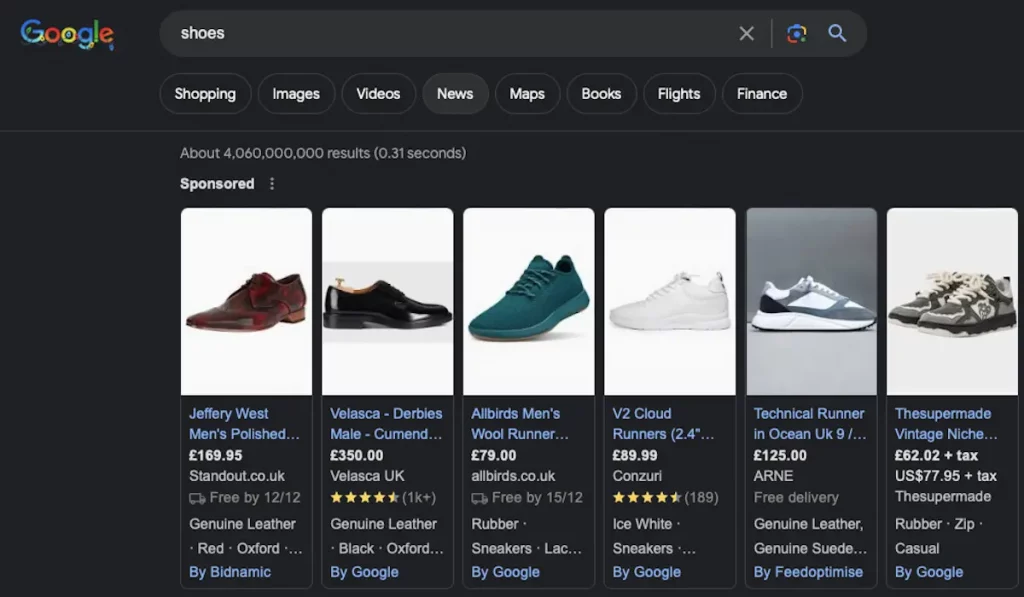
Product Markup Snippets are perfect for e-commerce websites. They display product-related information like price, availability, and review ratings, making your products more appealing in search results. This snippet type uses structured data to provide Google with this additional information.
FAQ Snippet
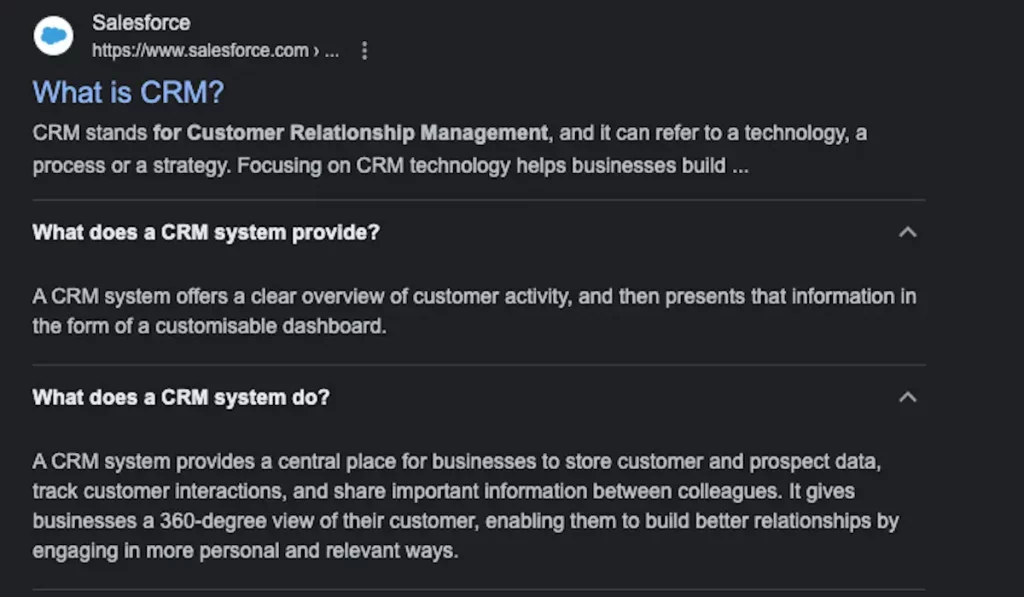
FAQ Snippets are useful for pages that contain a list of frequently asked questions and their answers. The snippet displays some of these questions directly in the search results, providing immediate answers to users and potentially boosting click-through rates.
Review Snippet

Review Snippets display a short excerpt of a review or rating for a product or service. This can greatly influence a user’s decision to click on your result as they can see a summarized user feedback before visiting your page.
Recipe Snippet
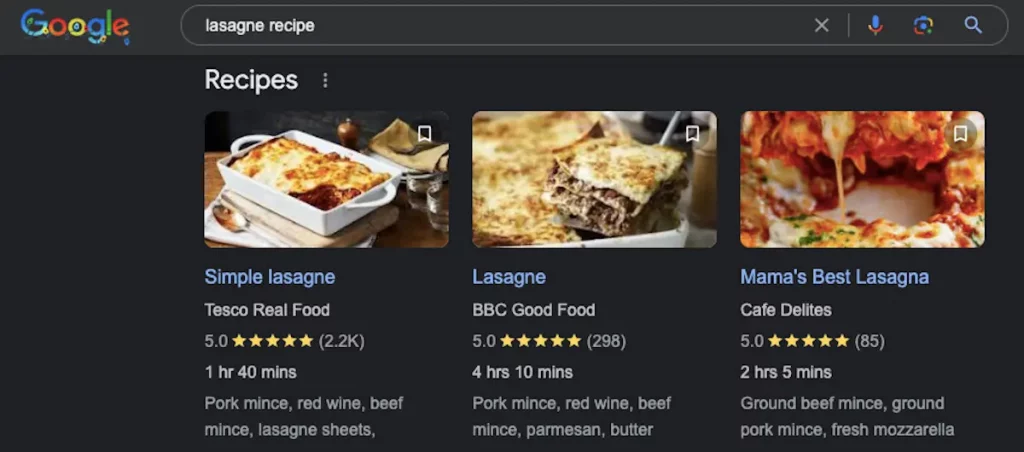
For websites sharing cooking recipes, Recipe Snippets are ideal. They display key information such as preparation time, cooking time, calorie count, and even an image of the prepared dish, enticing users to click on your page.
Movie Snippet
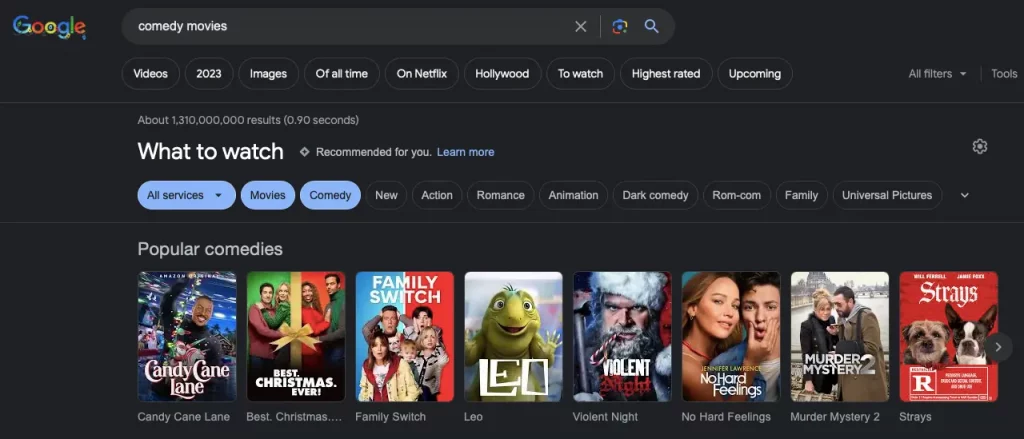
Movie Snippets are designed for websites providing movie-related content. They can display information like ratings, release date, and director, providing a concise overview of the movie directly in the search results.
Events Snippet
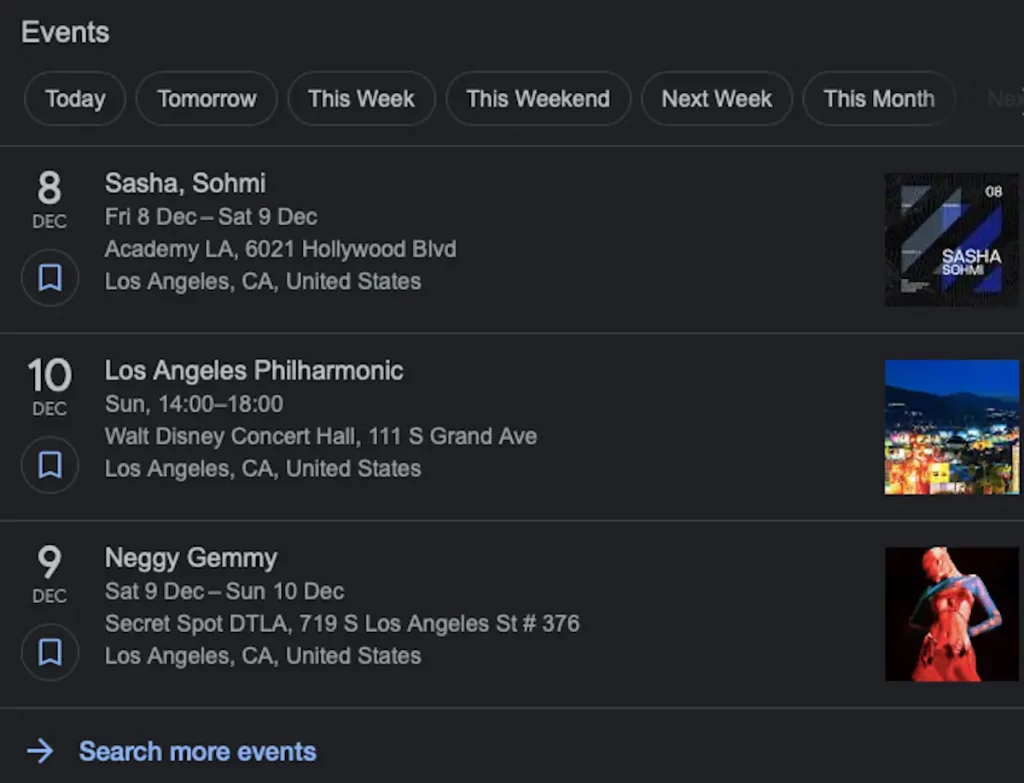
For websites that host or share event details, event snippets are beneficial. They present key details about an event, such as date, time, and location, allowing users to quickly understand the event’s specifics without needing to visit the page.
Create & Add Structured Data Markup to Your Pages
To create and add structured data markup to your pages, you first need to select a schema markup type that fits the content of your page, such as logo markup, local business markup, review markup, or product markup. Once you’ve decided on a type, you can use Google’s Structured Data Markup Helper tool to generate the markup. Simply select your Data Type, paste your URL, and start marking up your page. Once you’re done, the tool will generate HTML that you can add to your page. Remember, structured data should be coded using in-page markup on the page that the information applies to, as it describes the content of that specific page.

Validate Your Structured Data
Once you’ve added structured data markup to your pages, it’s crucial to validate your markup to ensure it’s correctly implemented. You can do so by using Google’s Structured Data Testing Tool. Simply paste your URL into the tool and it will check your markup for errors. If the tool finds any issues, it will highlight them for you, allowing you to make necessary corrections before the markup goes live on your website.
Measuring Rich Snippets Performance
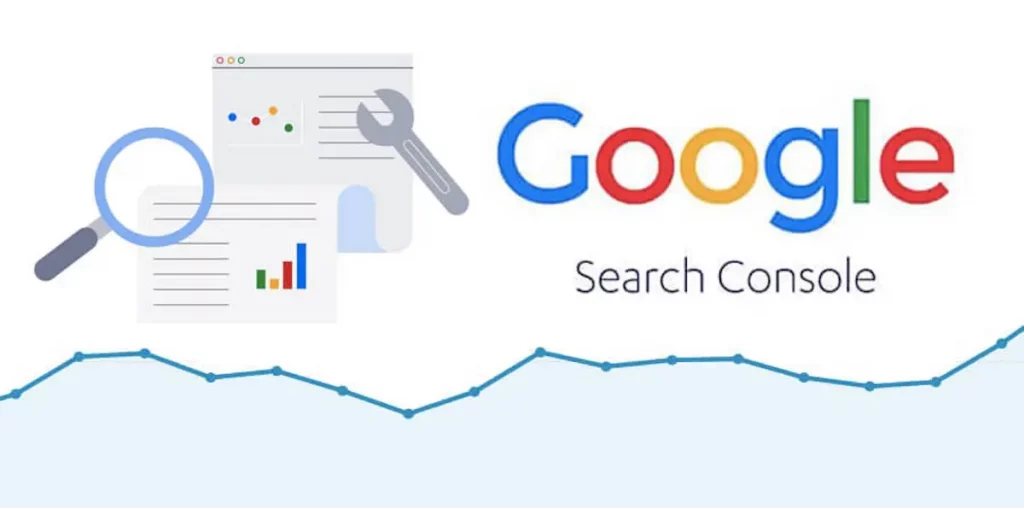
Measuring the performance of your rich snippets is essential to understand their impact on your SEO strategy. You can use Google’s Search Console to monitor and analyze how your rich snippets are performing. The console provides reports on the appearance of your rich snippets in search results, click-through rates, and overall visibility. This data can help you identify what’s working and what needs improvement in terms of your structured data strategy. Remember, while schema markup does not directly improve rankings, it can enhance click-through rates and the overall appearance of search results, thereby indirectly benefiting your SEO.
and stay up-to-date with the latest news about our platform and affiliate marketing.


